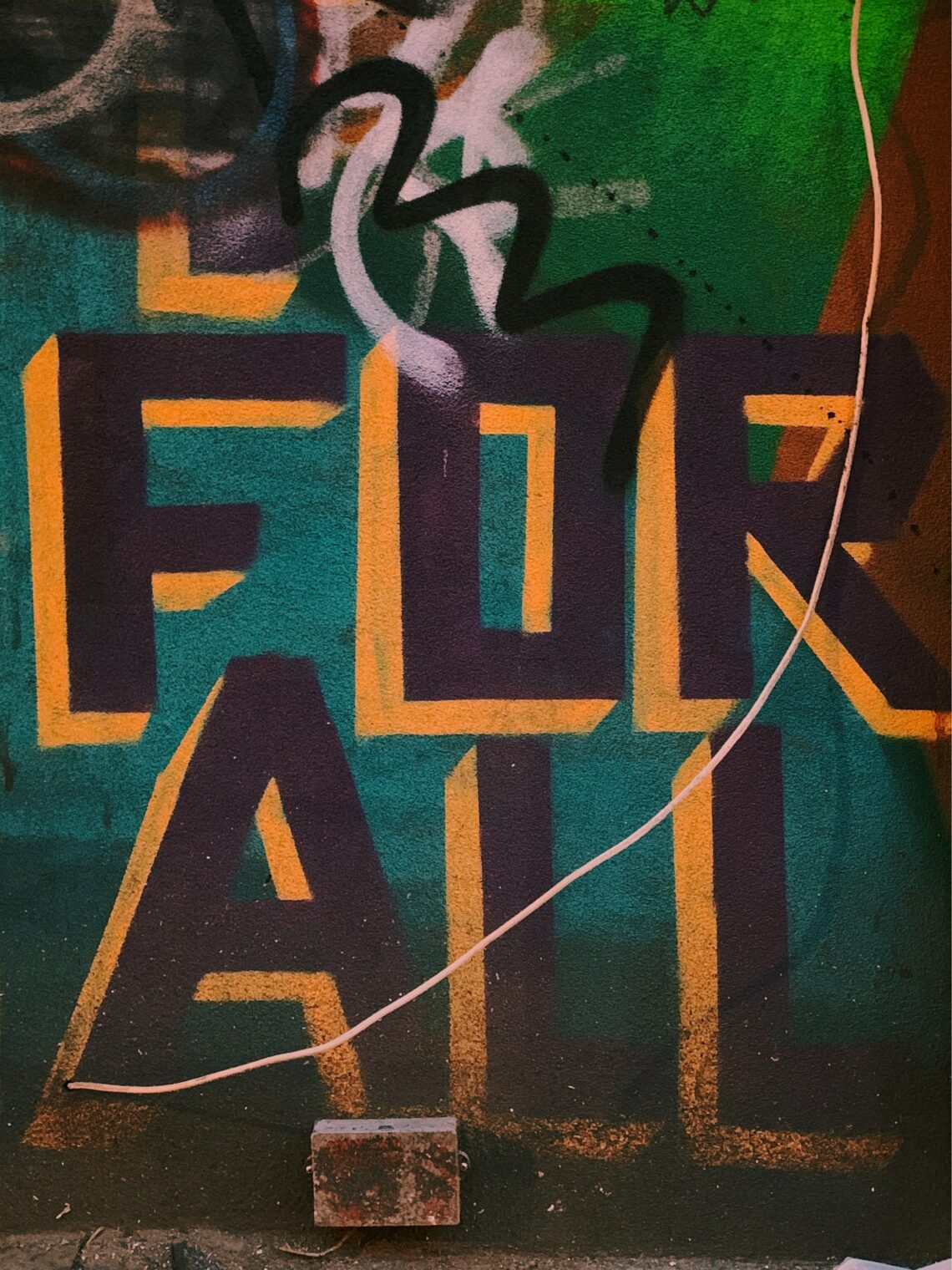This past week we had a very interesting discussion with Chantelle Morvay-Adams who is a part of BCEdAccess, which is a volunteer run organization for families and students in BC with disabilities. Chantelle began the discussion by sharing with us some very personal experiences her family has had regarding inclusion in the school system and how hard it can be for students and families to receive the support that they need. One thing Chantelle highlighted for us, was how long it takes for students to be assessed and diagnosed in the public system. In order to get the appropriate supports and funding that a lot of students need, they need to have a diagnosis, but the waitlist for getting assessed in the public school system can sometimes be 2-3 years long – something I had no idea about. So, unless a family can afford to get their child assessed privately, the student may go without the necessary support in the classroom. Hearing all of this really just made it so apparent as to why we, as soon to be teachers, need to make sure that our classrooms are as inclusive as possible.
In our breakout room discussions the passion for wanting to make sure our classrooms were inclusive spaces was incredibly apparent, but I also know that there was a lot of wondering as to how we really go about doing this. For me, I know I need to do more work in learning about inclusive education in order to make sure that I am creating the best classroom experience for all of my students. One person who is an amazing resource on inclusive education is Shelly Moore. I have had the privilege of hearing Moore speak, and her TedTalk about presuming competence is also a really great resource. I also recently ordered her book on diversity and inclusion in the classroom, as I think as educators it is our responsibility to make sure we are educated on these matters.
In looking into inclusion and accessibility this week, I was shocked by how many apps there were for students to use so that their needs could be met in the classroom. From our blog post this week I have compiled all of the apps into a document so that I can look into them further. Here are a few of the ones I am specifically wanting to learn more about:
Every week I seem to end on a similar note, with that being that I come out of each week realizing how much more I have to learn about a topic. While it is sometimes overwhelming to realize how much you still have to learn, it is important for me to recognize my blind-spots, biases, and areas I need to invest time into working on, so that I can make sure my future classroom is as inclusive and responsive to the needs of all my students as possible.
Bye for now, Jaime






